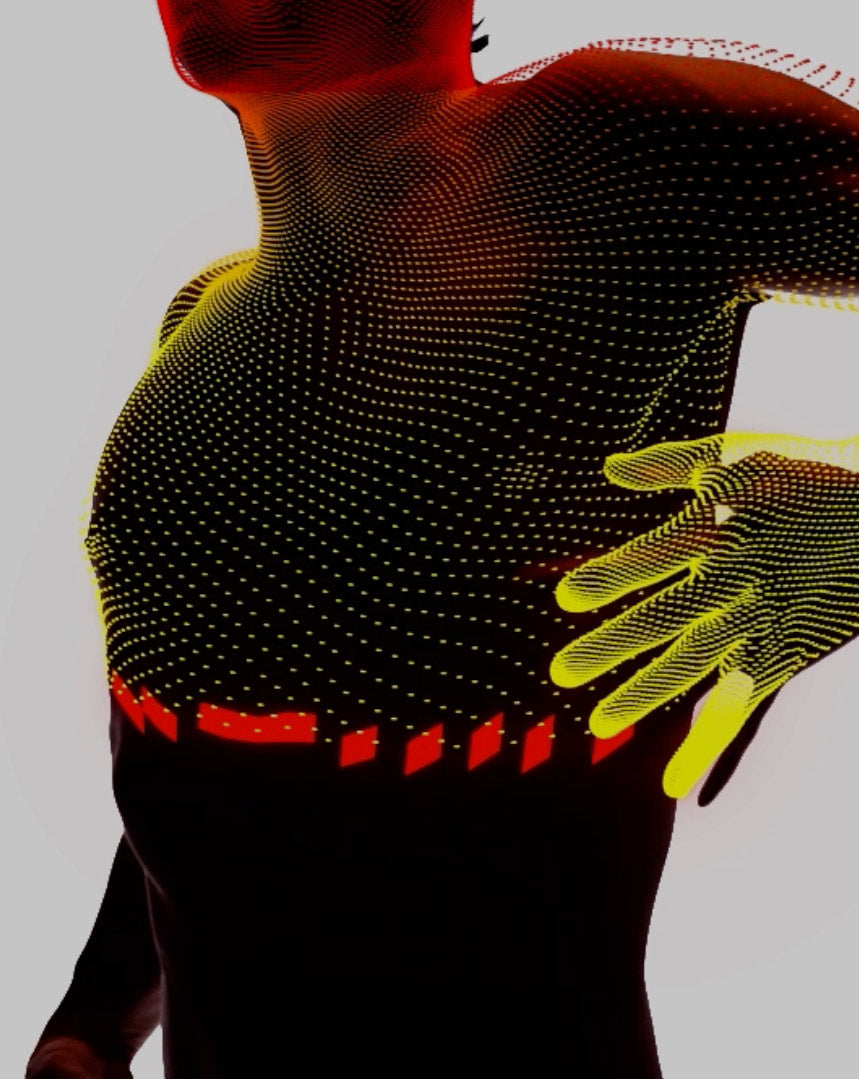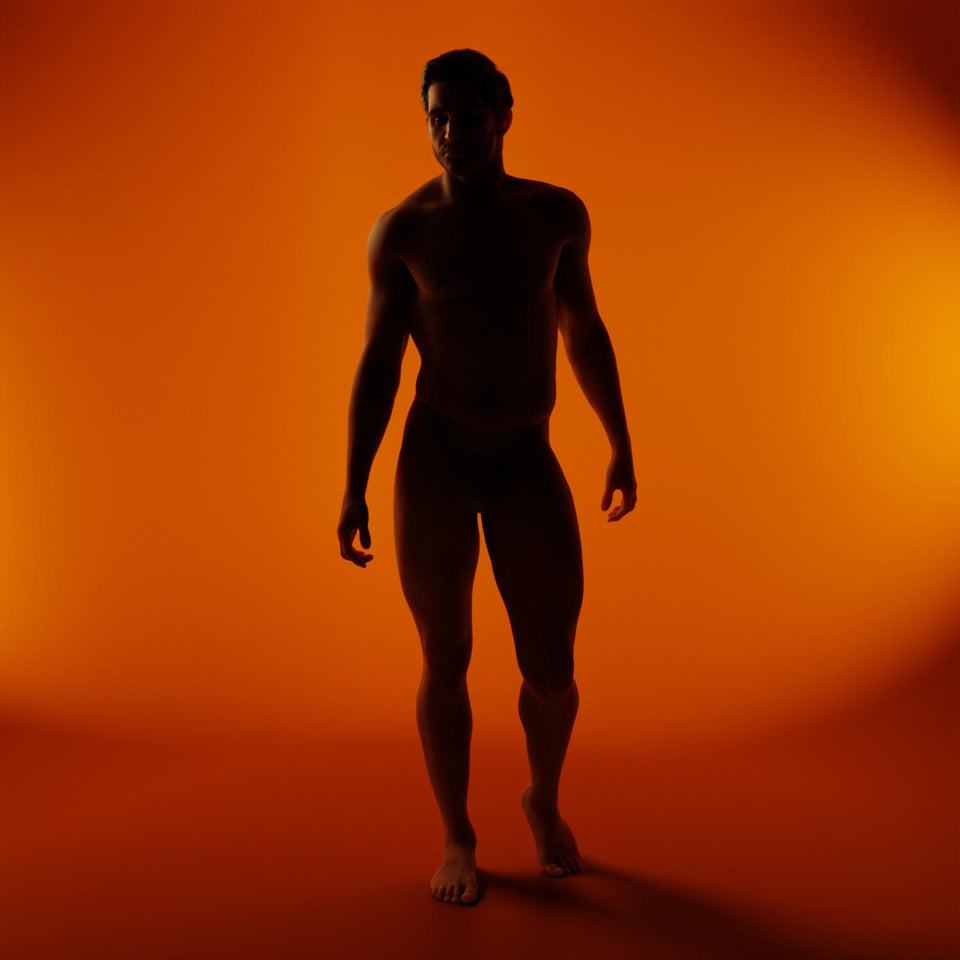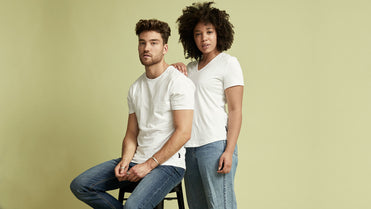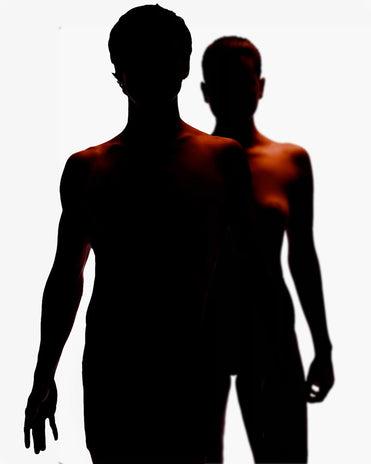From eye makeup and the lock on your door, to breath mints and bowling, the ancient Egyptians have given us a gamut of goodies. But did you know this already impressive resume extends all the way to the world’s first synthetic pigment?
Preceding all other man-made colours by thousands of years, Egyptian Blue is both bold and vibrant, and an act of chemistry so advanced that it would make Marie Curie giddy.
But don’t let its brilliance bamboozle you. Like all blue hues, it actually causes your body to create calming chemicals (ahhhhh), making it easy to wear and pair.
Colour me divine

It was believed that the hair of the gods was made of precious Lapis Lazuli – a metamorphic, deep-blue stone that to this day is considered semi-precious.
To the ancient Egyptians, blue was a big deal. Affiliated with the expansive sky, creation / birth (and rebirth) and fertility, blue came to signify life itself in the empire via the river Nile.
Being so intertwined with the river and the cycles of life, it’s no surprise that the Egyptian Gods also had a thing with blue. Take Hapi, the god accountable for flooding the Nile every year – he was portrayed with blue skin, in line with the river’s fertility.
Statues and depictions of Thoth, the god of wisdom, were also blue, which linked him to heaven. And his spirit animal? We know it as the bin chicken, but yes, the Ibis was his plus-one and was always depicted with bright blue feathers.
The god Amon had a big job: guardian of the universe. His face was often blue, conveying the cogency of creation. This is also why the Pharaohs had blue faces, to assert their hand in the course of creation.
In other chronicles of myth, Amon was referred to as the ‘hidden one,’ his blue face associated with the colour of invisibility. People in peripheral communities honoured his hiddenness as a sign of impartiality and leadership.
Then there was Bes, the god of sexuality and childbirth, also associated with blue. Owing to his warrior expertise, he was hailed as the defender of women. To attract Bes’ safeguard, pregnant women and tiny babies wore blue amulets.
It’s enough to blue your mind.
The mummy of all invention

In 2006, scientists discovered Egyptian blue glows under fluorescent lights; the pigment emits infrared radiation. This makes it easier for historians to identify the colour on ancient artefacts, even when not visible to the naked eye.
For 2,000 years, the Egyptians pulverised lapis lazuli rocks to make blue pigment. Mined in modern-day Afghanistan, this rare and coveted colour was gorgeous but hideously expensive, reserved solely for pharaohs and their posse.
But with empire-wide demand for the colour, Egyptian ingenuity kicked in and some crafty citizens set about making a blue pigment from scratch to meet the market.
Starting with ground limestone, they mixed in sand and a copper-containing mineral, such as azurite, heated to 800 - 900 °C. It came out as a cloudy blue glass that was powdered and put with egg whites to thicken it and produce the pigment.
Impressed? You should be – to make this shade, they had to invent a chemical substance with precise temp control in a restricted context.
Ah-may-zing, right?
And it wasn’t only around colour where monumental advances were happening. 2550-3200 B.C. was generally a pretty prodigious time in human history.
Here’s the scene: when Egyptian Blue emerged, the pyramids had been built and the Egyptian Hieroglyphic (Greek for ‘sacred words’) script was being developed. Made up of more than 700 symbols, these crucial cryptograms communicate sounds and syllables and represent the definition of some words.
These runes were written on papyrus and carved on tomb walls because the Egyptians believed if a person’s name was remembered, they’d endure in the afterlife.
That’s why the pharaohs had their names inscribed on their tombs.
No one knew how to decipher these cryptograms, and it wasn’t until the discovery of the trilingual Rosetta Stone (hieroglyphs, Greek, and Demotic), in 1799 that the meanings of the hieroglyphs could be properly unpacked.
The rest is… you know… history.
Hello, is it blue you’re looking for?

In Egypt, it seems as though one can never get enough of the colour blue – historically, artistically, and theologically. Blue is a fixture of Egyptian culture and has been for centuries; little scarab amulets, painted temple walls and most recently, evil-eye pacifiers.
But history is notoriously fickle, and for over 1,000 years there’s virtually no recorded usage of Egyptian Blue, from around 800-900 AD. It was, for all intents and purposes, lost in the middle ages. Perhaps it’s fitting, given the hue is associated with god Amon’s invisibility (bar some exceptions).
Why? It was forgotten. Why? The Roman Empire crumbled, and with it so did the knowledge and technologies around how to make it.
Roman architect and engineer, Vitruvius, described how to make Egyptian Blue in his multi-volume work, De Architectura. But because his samples contained the correct limestone content, he completely left out the need for calcium carbonate (lime). So when punters put in sand from elsewhere, Vitruvius’s method was useless.
Fast forward to the early 19th century. Egypt was already pulling focus for its science and tech contributions after Napoleon’s Egyptian expedition started uncovering stuff.
In 1814, a strange ‘pale blue’ pot was unearthed at Pompeii and British chemist Humphrey Davy analysed it. But he couldn’t work out the copper compound it contained.
In 2009, historians discovered that Egyptian Blue is luminescent under infrared light. Using this fact they could find it under old paintings and artefacts without disturbing surfaces.
In 2011, Egyptian Blue was identified as mixed with Lapis Lazuli in a Roman oil painting from the 16th century. Maybe because Lapis was so expensive, pigment traders mixed it with Egyptian Blue as a thinner (to keep costs down).
Using this new knowledge, Egyptian Blue was pinpointed in an 11th-century church altarpiece in Spain, and a 16th-century wall painting in Italy. The fact this colour is consistent in painting spanning many centuries is a testament to the incredible tech developed by the Egyptian inventors.
These findings confirm Egyptian Blue didn’t actually vanish but rather, as the tech for its production was lost or very isolated, it was slowly succeeded by lapis lazuli. The truth is, the two pigments may have coexisted during this time.
Mystery solved.
Wear like an Egyptian
Egyptian Blue is the colour of invention and innovation. As the first synthetic shade, its history goes hand-in-hand with early humanity and moulding the modern world. Epitomise the buzz of transformation in a limited edition Egyptian Blue Magic Fit® Tee.










